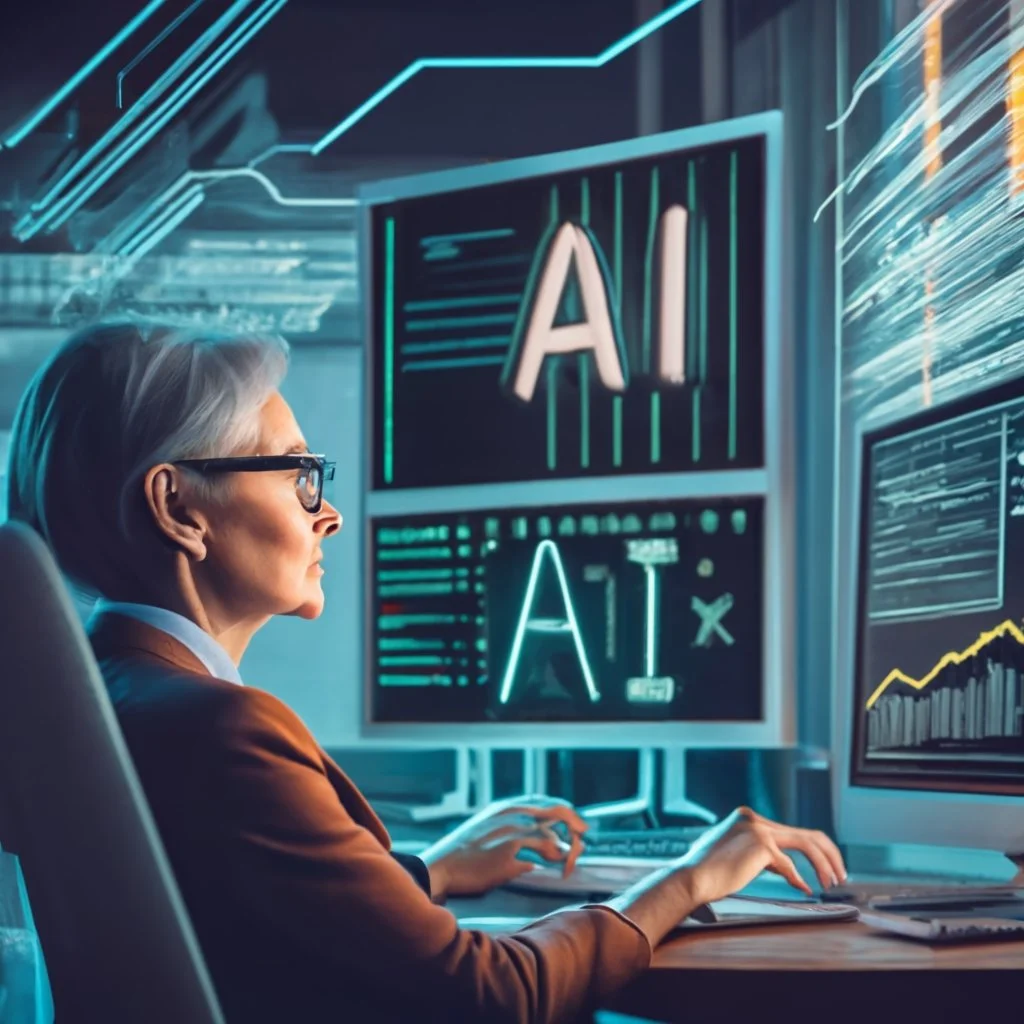The End of the Mute Inglorious Miltons: How AI Expands Creative Possibilities
Where once only an elite few like Milton could access the tools to cultivate their talents, now AI provides a supplement to human imagination that makes the ability to innovate much more democratic.
In 1750 the poet Thomas Gray in his acclaimed and beautiful poem "Elegy Written in a Country Churchyard" lamented the loss of all those undiscovered talents buried in obscurity.
He spoke of the "mute inglorious Miltons" wasting their potential in remote villages, never given the chance to develop their gifts and share them with the world as the famed poet John Milton did. Gray saw only a few like Milton able to gain the education and cultural exposure needed to flourish. For most, their ideas and imagination would die with them in the country churchyard, unknown and unfulfilled.
Today, the rise of AI with remarkable creative capabilities offers the potential to dramatically expand who can effectively generate ideas and meaningfully participate in cultural development. Where once only an elite few like Milton could access the tools to cultivate their talents, now AI provides a supplement to human imagination that makes the ability to innovate much more democratic.
Even those who do not consider themselves particularly creative can summon up ideas that outpace what the average person produces. AI provides a kind of creative engine for recombining concepts in original ways, unlocking potential in many more people.
This does not necessarily mean the end of human creativity. There will still be uniquely gifted individuals who stand apart from the crowd, perhaps aided further by AI collaborators. However, for the “mute inglorious Miltons” that Gray elegised, the possibilities have expanded. With AI one is less limited by the vagaries of inborn gifts. Execution of ideas may matter more than raw inspiration in bringing new innovations to fruition. More diverse voices can participate in shaping culture.
However, expanded creative possibilities through AI also pose challenges. When ideas become overabundant, curation and criticism take on greater importance in discerning quality amidst the volume. And while AI can provide creative sparks, wise guidance is still needed to channel these gifts meaningfully.
Much like literacy opened doors for many more people to engage their talents centuries ago, AI expands access to cultural participation. But cultivation is still required to separate the wheat from the chaff.
The world Gray depicted had only a few rare geniuses able to free their talents and share them widely. Today, AI allows more people to sing, but an arduous process of nurturing creativity and discriminating taste is still essential.
The mute inglorious Miltons may find their voice, but need editors and critics to help that voice resonate. The potential loss Gray mourned becomes possibility gained, if wisely stewarded. But the human challenges of developing gifts and discerning quality remain, even as more of us can now meaningfully participate thanks to the limitless creative connective engines of AI.
Synthellect: A New Lexicon for AI-Human Collaboration
As AI evolves, it becomes evident our interactions require a novel lexicon, capturing the nuances of this dynamic and drawing inspiration from big speculative AI thinkers like Bucky Fuller, Philip K. Dick, and Iain M. Banks, AI and I have forged a set of terms that could help reshape our understanding of AI-human intellectual collaborations:
Synthellect: A fusion of 'synthesis' and a nod to 'synthetic', capturing the harmony where machine learning meets human intellect to birth novel understandings.
Synthapethic: An inclination towards the positive integration of AI and human cognition. Those with a synthapethic disposition seamlessly utilise AI in their cognitive processes.
Synthomy: A grand, synergistic collaboration between AI and humans. It's not just about AI aiding humans or vice versa, but a shared creation neither could craft alone.
Synthibilities: Possessing a unique flair for melding AI and human thought, those with pronounced synthibilities are the pioneers charting new frontiers in AI-human collaboration.
Synthsation: The eureka moments when humans and AI align in a fluid rhythm, crafting revelations and innovations that seemed out of reach for either entity alone.
Synthicism: The study of AI-human cognitive synergy. On the flip side, it also captures a cautious stance towards such integrations.
Synic: Expressing scepticism or mistrust towards the intertwining of AI and human intellects.
Antisynthestablismentarism: Opposition to mainstream acceptance of AI-human intellectual collaborations.
Challenges and Reflections:
Synthdependence: The risk of becoming synthsated, where our appetite for this integrated intelligence might dim our inherent human essence of irrationality, deep emotions, and unpredictability. Can we strike a balance?
Synthpatico Concerns: Over-reliance or over alignment with AI might lead to challenges. The more in tune we are, the more we should be vigilant about potential ethical and security concerns that arise from our deep entwinement.
Synthcronicty: A call to all thinkers, technologists, and synthapethic minds to be attuned to the evolving dynamics of this partnership. Let's identify the synchronic moments where AI and humans achieve remarkable synergy and navigate this evolving relationship together.
Our journey into AI-human collaboration is more than a mere technological advancement—it's a dance requiring new language, fresh perspectives, and an enriched understanding. To truly harmonise this dance, a synthapetic understanding between the two partners is vital.

